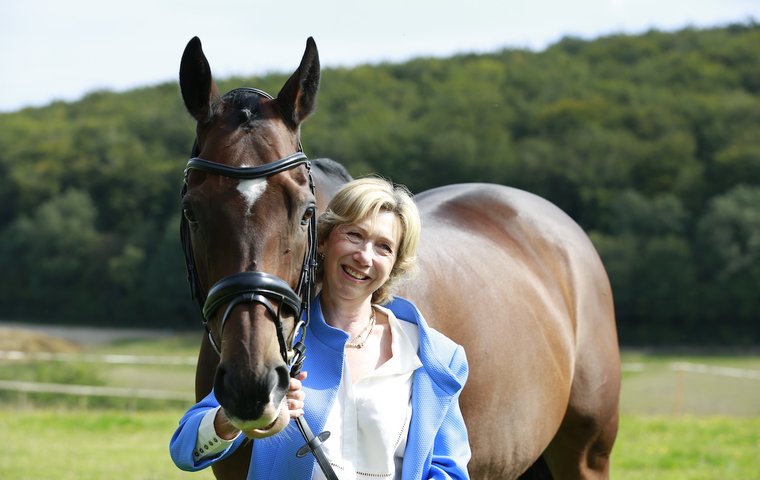
Di Arbuthnot, chair of the International Forum for the Aftercare of Racehorses (IFAR), in an interview with Steve Dennis
She apologises for being on her high horse, although she doesn’t need to. After all, the back of a high horse provides the ideal vantage point to keep an eye on all the other horses, and that is something Di Arbuthnot has always been very good at.
The hot-button issue of monitoring and catering for the large number of racehorses leaving the ‘system’ each year – a life after racing, retraining and reinvention, whatever the terminology – is quite rightly very prominent on the agenda of the Thoroughbred industry worldwide.
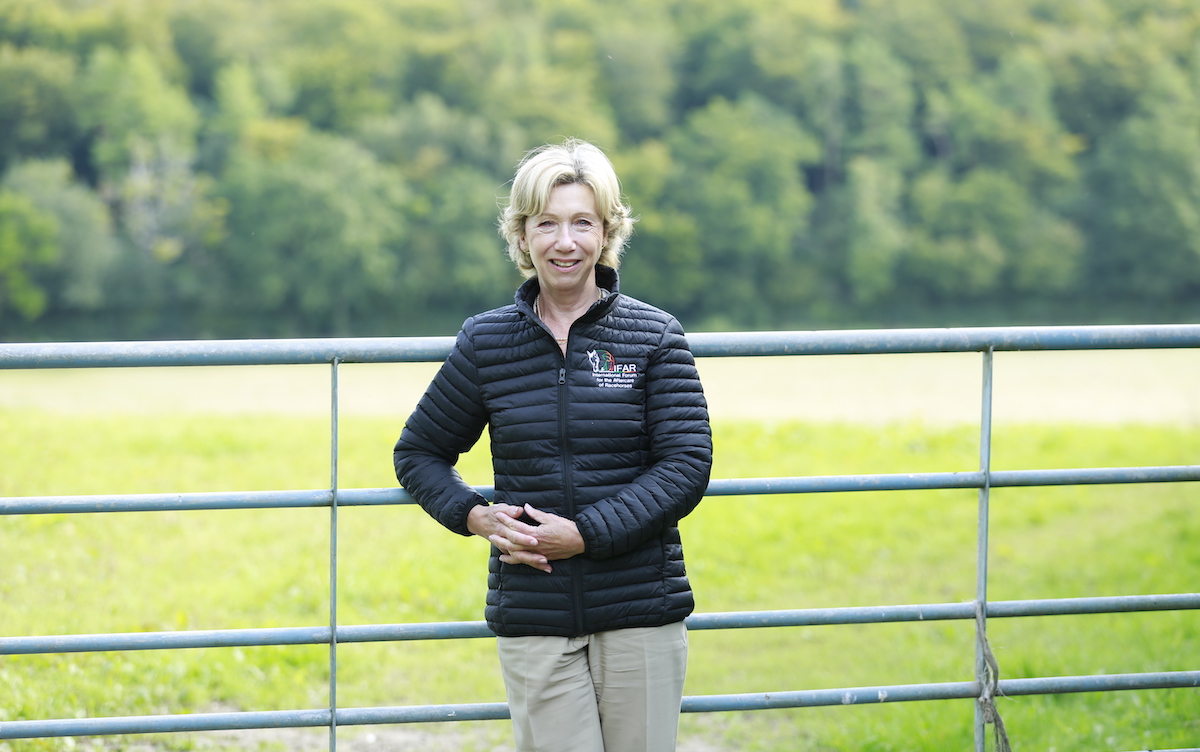
“It is all about giving these horses something to do, involving them in something different,” says Arbuthnot, with a fervour honed by more than 20 years’ experience of the subject. “There is also the aspect of the safety net, but it is so important for everyone to understand that Thoroughbreds can do anything.
Vital factor
“A horse might have been useless on the track but it can be so good at something else, anything else. The vital factor is engaging the three main constituencies – the racing industry, equestrian professionals and the public – to realise and embrace the possibilities.”
There is space here to address terminology and challenge received wisdom, as perception is that one-tenth of the iceberg that generally overshadows the rest of the narrative.
The word ‘retirement’ can be an unhelpful one, with its connotations of human retirement and taking it easy and the unfortunate duality of the phrase ‘being put out to pasture’. After all, if a Thoroughbred races for two years and lives to the age of 28, is it reasonable for the vast majority of its life to be regarded as ‘retirement’?
“It’s not the right word,” says Arbuthnot. “Indeed, many horses don’t ever reach the racecourse, and to use one example, smaller fillies and mares in that position have long been popular in the polo world – as I said before and will say again, Thoroughbreds can do anything.”
Perhaps the years served on the racetrack are better viewed as simply working in one particular department of the corporation, and when the job at Santa Anita, Saint-Cloud, Moonee Valley or Market Rasen has been done, horses are transferred to another site to learn new skills and continue their usefulness to the firm.
Duty to the horses
This ‘HR’ (horse resources?) facility is the fundamental purpose of IFAR, which was established in 2016 following a number of symposiums instigated by Godolphin. It is not a legislative body but an independent forum for discussion to raise awareness, to provide education and encouragement on a global basis. Every racing jurisdiction is different, but they all have the same duty to the horses in their care.
“We can all learn from each other,” says Arbuthnot. “Obviously some countries are further ahead in the process than others, and that often comes down to money – that helps, naturally.
“For example, Australia has really got to grips with the issues, and Queensland’s template for the rehabilitation of racehorses is being picked up everywhere.
“South Korea has made huge steps forward from where it was just five years ago, and its aftercare programme has been transformed. Other countries may not have the same funds available, but IFAR can provide them with a toolkit to get people involved, get them switched on.
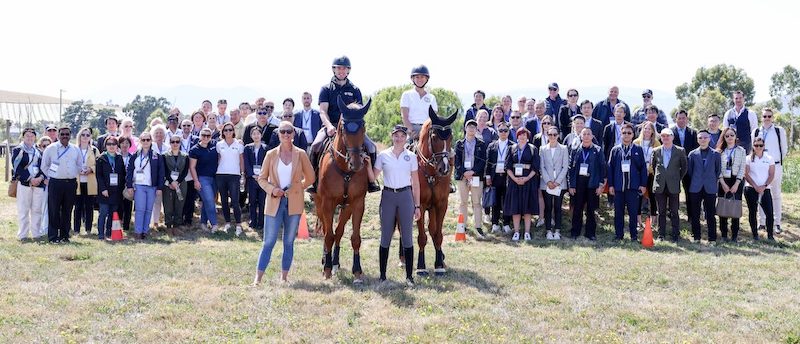 “We are lucky in Britain that there is a large section of the population that rides, and there is the space and the historic legacy to enable all sorts of equine activities. Other countries may not have that, their position is less straightforward, so it can be all about finding a niche, an angle that works for them, that they can exploit for the benefit of their horse population.
“We are lucky in Britain that there is a large section of the population that rides, and there is the space and the historic legacy to enable all sorts of equine activities. Other countries may not have that, their position is less straightforward, so it can be all about finding a niche, an angle that works for them, that they can exploit for the benefit of their horse population.
“And, of course, some horses may not be suitable to pursue an active lifestyle, so in those cases there are facilities such as Old Friends and the Kentucky Horse Park. IFAR can provide guidance for all circumstances.”
Get the message out
Knowledge is power, and one word that Arbuthnot uses time and again is ‘proactive’ – it is crucial to get the message out there, to the international racing community, to the wider equestrian world, to the public at large.
“There are so many great stories out there and sometimes I don’t think we make enough of them,” she says. “We should all be much more proactive – do something good and then let everyone know about it. That’s the challenge.
“Thoroughbreds have been used in different disciplines and for different purposes for years and years in South America and New Zealand, and I wish they had shouted about it a bit more.
“Racing countries have to show what they’re doing, whatever it might be. The public needs to know what racing is doing for its Thoroughbreds and what these Thoroughbreds can do elsewhere.
“We have all heard people without a grasp of the situation muttering darkly about ‘they all end up in a pet-food tin’, and it is so important to prove to the uninitiated that is simply not the case.”
Hearts and minds
When the public are made aware, the impact is often considerable. The late, great Melbourne Cup winner Subzero helped capture hearts and minds throughout his long career as an ambassador for the sport in Australia, promoting racing, underlining the vast potential of aftercare and reliably trailing joy in his wake wherever he went.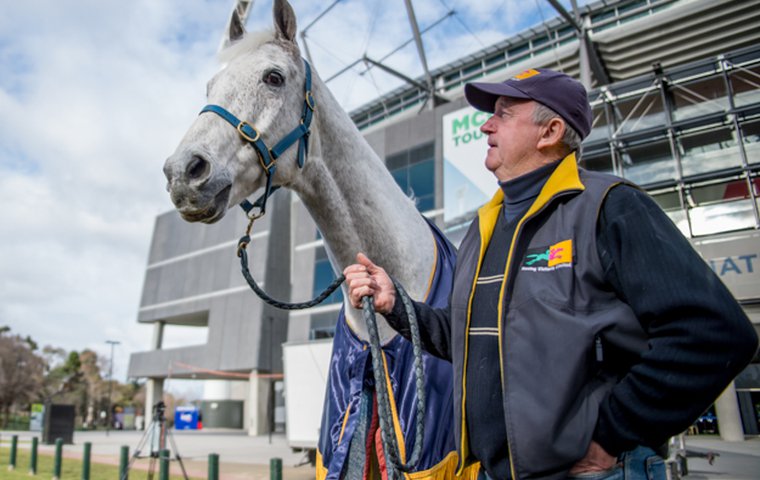
How Subzero became Australia’s horse
Arbuthnot is hopeful of a similar effect resulting from the Olympics in France this summer, when the profile of certain contenders in dressage, eventing and showjumping will say ‘Thoroughbred’ whether they raced or not. The prospect of a medal-winner emerging from the racing industry – however slim or substantial their participation in that sphere – would be a huge boost for the perception of the issues and the solutions.
The business of Thoroughbred aftercare has come a long way since 2002, when Arbuthnot took on the role of chief executive with Retraining of Racehorses, the official charity set up by the British governing body to ensure the ongoing welfare of former racehorses.
There is still a long way to go, and the work will never be done, but great progress has been made and continues to be made.
“It is a challenging prospect, but at the same time so rewarding that so many countries are doing something for their horses, that more people have become engaged with the situation,” says Arbuthnot.
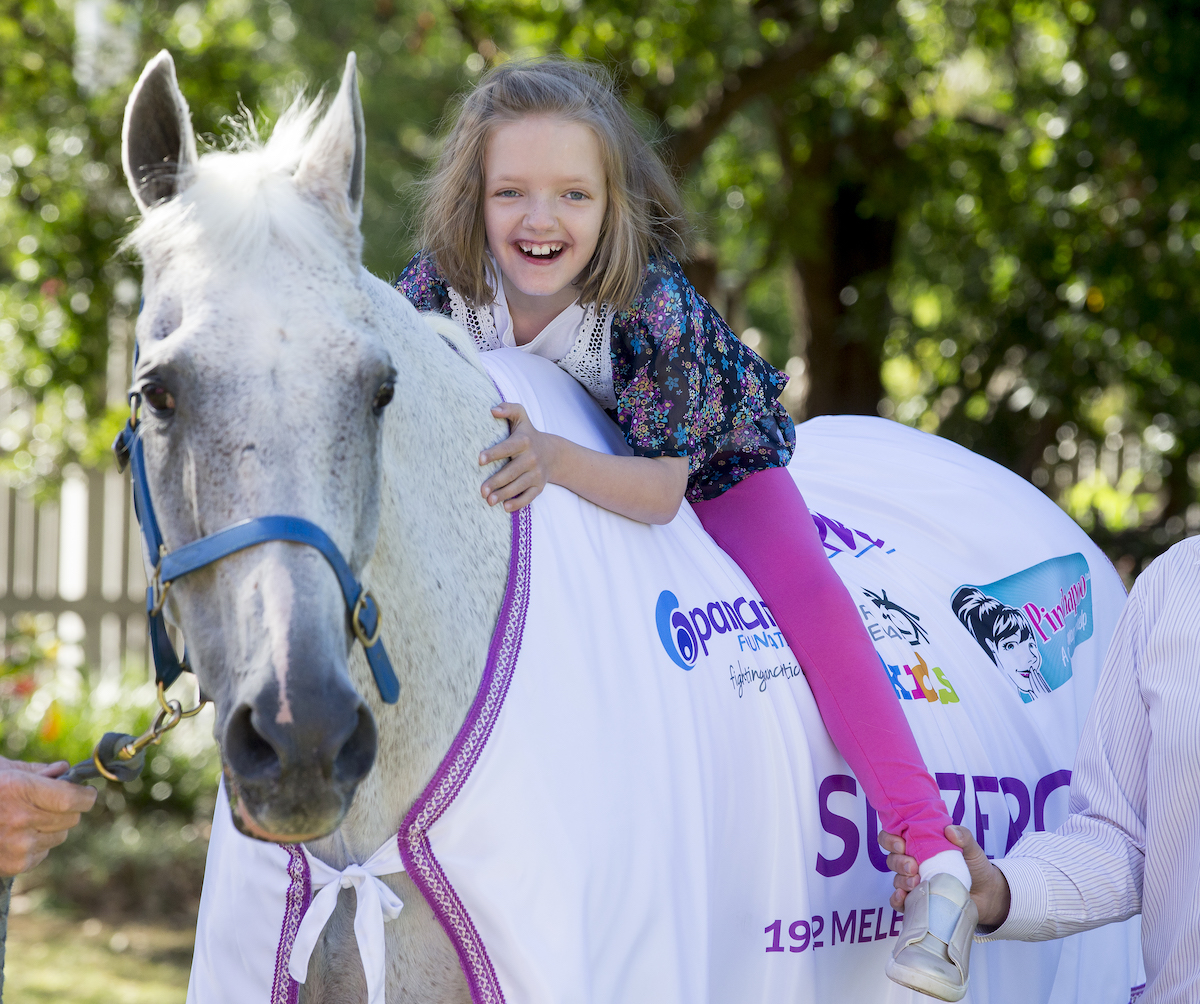
Time, effort, money
The next opportunities for IFAR to reinforce its important messages are at the European and Mediterranean Horseracing Federation conference in Copenhagen in the first week of June, and at the Asian Racing Conference in Sapporo, Japan at the end of August.
Arbuthnot is grateful for the contribution Japan has made to IFAR – “Time, effort, money” – alongside Godolphin and the US Jockey Club, and she is optimistic about the future.
“We could all do more for our horses, and we must all do better,” she says. “We need to engage on every side of the story and emphasise that Thoroughbreds need looking after at all stages of their lives.
“I know I sound like I’m on my high horse regarding the subject, but that’s because I feel so strongly about it. What happens to our horses is our concern and our responsibility.”
There’s that high horse again. Nobody minds, least of all the other horses – talented ones, indifferent ones, hopeless ones – whose active lives have been extended and enhanced by the mighty efforts of Arbuthnot, IFAR and all those working tirelessly towards a more active, more constructive, more enjoyable future for the world’s Thoroughbreds.
• Visit the IFAR website
A life after racing: meet York’s gentle equine ambassador, the former G1 sprint star Goldream
View the latest TRC Global Rankings for horses / jockeys / trainers / sires


